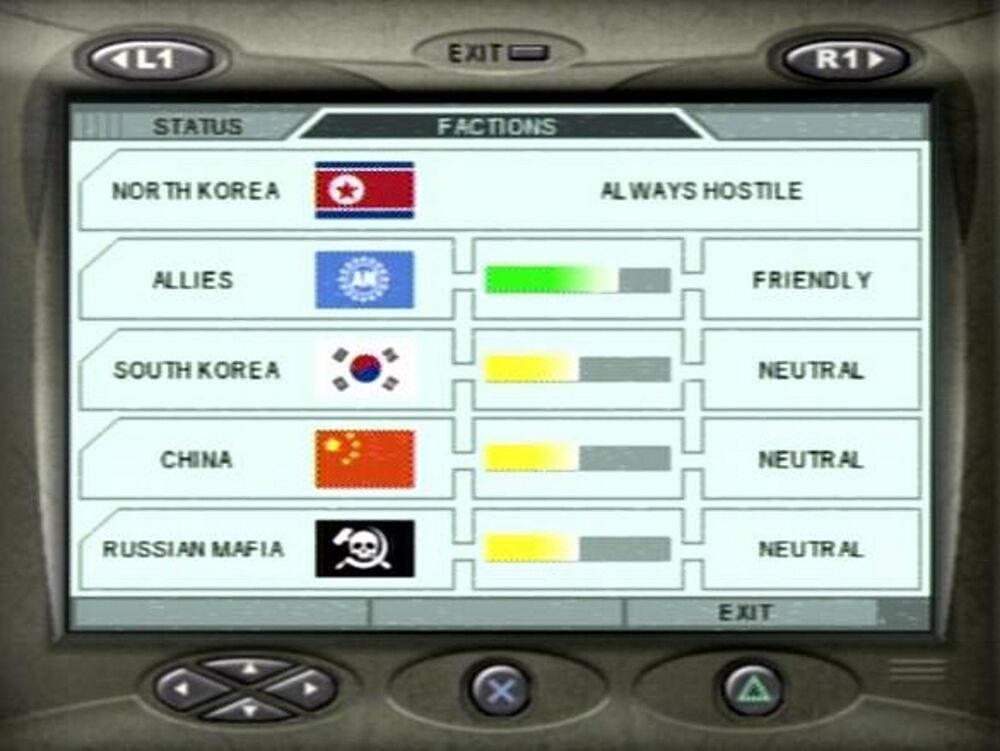One of the most important things you have to pay attention to when dealing with faction play is where the party stands with each faction. As an extension of that, it’s very important to know what a certain standing with a faction actually means. It’s also important that the players know what their standing is and what it means so that they can make informed and calculated decisions when they inevitably have to choose between factions. Today we’re going to discuss how to track faction status in a game that utilizes faction play. When GMs and players can measure faction standing and what it means in-game, they are better equipped to use it in meaningful ways.
Before tracking faction status, we first have to define various states of faction favor. In general, there are three possible standings; friendly, neutral and hostile. However, there’s nuance to be found in each of the three states. After all, a friendly faction could be the one that a player is a member of or one that’s just an ally. A neutral faction could be open to working with the party or could be largely standoffish. A hostile faction could passively oppose the party or open fire upon them on sight. There’s a degree of nuance to each category, so it’s important to make distinctions. For this reason, I have come up with the following scale from friendly to hostile: Insider, Ally, Transactional Relationship, No Affiliation, Adversarial, and Enemies. These categories are pretty self-explanatory. An Insider is a made man, faction member or close advisor like James Conway in Goodfellas. An Ally is still trusted by a faction, but will not be privy to everything going on within a faction. Huntress’s relation to the Bat Family in 90’s Batman comics is a good example of this. A Transactional Relationship is one where parties only work together when it’s mutually beneficial like Kwinn in G.I. Joe. No Affiliation means that, for one reason or another, there is no contact between two parties. Adversarial factions are hostile towards each other, but will keep their hostility under cover or battle it out through proxies. Once direct confrontation is on the table though, a faction becomes an Enemy.
How do parties gain favor or build hostility with factions though? Well, by their actions. Certain actions will endear you to certain factions or alienate you from them. Big actions like performing an assassination, stealing something valuable, etc might even move you up (or down) multiple levels. Situations may arise where the party needs help from a hostile faction and they’ll have to undertake a task to gain favor. The task may even jeopardize their standing with other factions. Now, clout with factions has become a resource to manage and that is the essence of roleplay.
All that's left to do is make a chart tracking your party’s status. It's a simple concept, but it does require book-keeping. Don't let it slide or you'll end up in a situation where you or the party have forgotten their standing with a faction. Whether you use a visual tracker like a bar graph or just write out faction standing though, it's important to track




